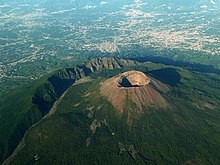Free Courses Sale ends Soon, Get It Now


Free Courses Sale ends Soon, Get It Now



Disclaimer: Copyright infringement is not intended
Context
About
|
PRACTICE QUESTION With reference to Mount Vesuvius, consider the following statements:
|
© 2024 iasgyan. All right reserved